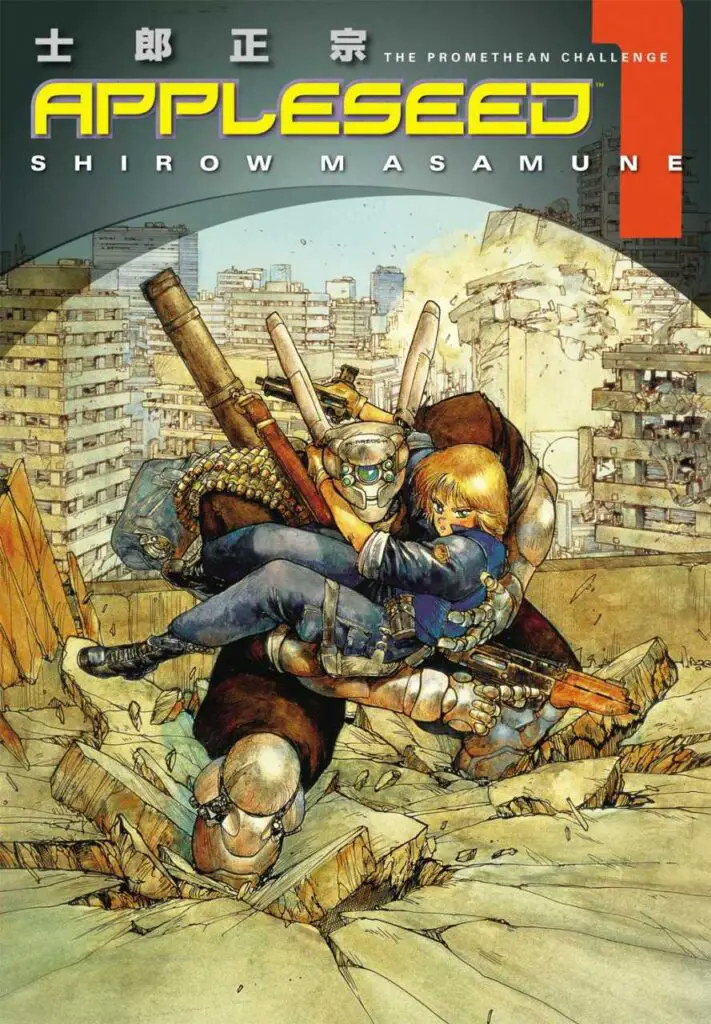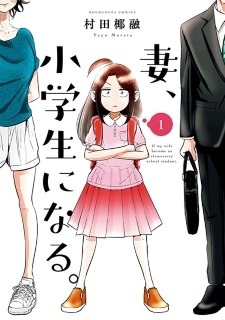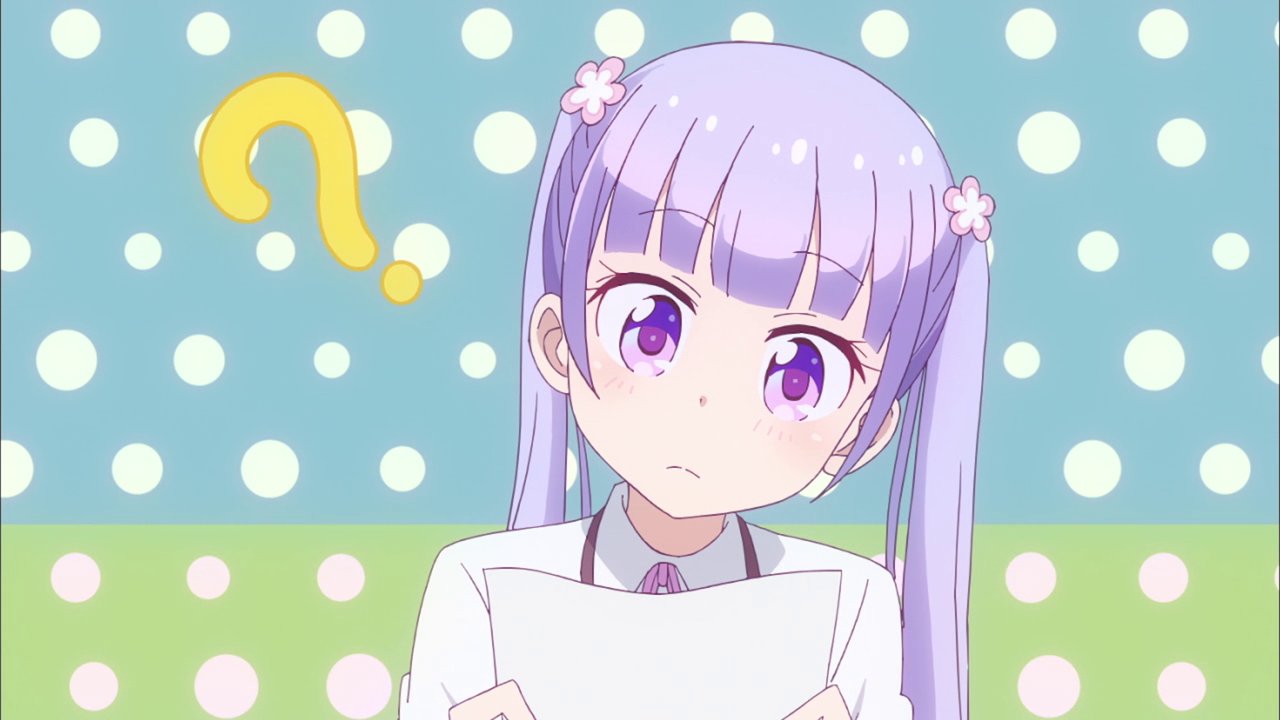I’ve mentioned the Appleseed series several times on this blog, mainly in reference to anime CGI films, but it occurred to me that it may be helpful to provide an overview of this unusual franchise. I say unusual because it feels like Appleseed has become a franchise whose sole purpose is to experiment with CGI but, understandably, it didn’t start out this way, hence the reason for this overview.
Appleseed first took shape as a manga series written and drawn by Shirow Masamune, famous for his creation of the Ghost in the Shell franchise. Unusually, the manga wasn’t serialised originally with the first four volumes being released directly to market although a later attempt to serialise it was aborted after Shirow Masamune said that serialisation didn’t suit the series. The plot of the manga, which would serve as the basis for its many adaptations, follows Deunan Knute, a human woman, and Briareos Hecatonchires, a human man who, due to his injuries, has undergone extensive surgery which has resulted in him becoming a cyborg, who serve in ES.W.A.T. to protect Olympus, a new, seemingly idyllic, city-state established in the aftermath of World War III. The manga was well-received with praise for its action, humour and themes and, most notably, won the 1986 Seiun Award for Best Comic.
In 1988, a studio called Gainax, who would later go on to produce the Neon Genesis Evangelion franchise, produced an Appleseed OVA, their second animated work after the theatrical film Royal Space Force: The Wings of Honnêamise. The 1988 Appleseed decided not to adapt the manga and, instead, told an original story with the same characters and setting. The OVA garnered mixed reviews and the UK release saw Manga Entertainment produce an English dub that contained enough swearing to push the age rating to a 15s, a process known as fifteening.
However, when it comes to anime adaptations of Appleseed, I believe that most people think of the 2004 film. The film was animated by Digital Frontier and is particularly notable for being one of the earlier anime films animated in CGI. I was always amused by the statement that some people made that it was a revolution in anime, I didn’t care much for the animation myself, but, having seen some earlier examples of CGI anime films, I now know that it was a marked improvement over previous attempts. The story itself is a loose adaptation of the manga with some pretty significant changes to character backgrounds and the storyline.

In 2007, a sequel called Appleseed Ex Machina was released which notably had legendary Hong Kong director John Woo producing. This is easily seen as Appleseed Ex Machina incorporates many of John Woo’s action techniques such as slow-motion and dynamic camera angles. As for the animation itself, it was a dramatic improvement over the 2004 film with a much greater level of detail, superior lighting and smoother movement. Alongside a more thoughtful story, Appleseed Ex Machina is my personal favourite when it comes to the adaptations of Appleseed that I’ve seen.
Interestingly, the next Appleseed media they decided to do was a 13 episode TV series called Appleseed XIII. I remember one of the gimmicks that the marketing employed was that the 13 episodes was going to be divided between twelve animation studios but this doesn’t play out in a positive manner. Each episode has the same CGI visual style and the difference turns out to be animation quality which ranges from pretty good to really bad. The story starts out episodically before building up to an overarching story and, while there’s a few good standalone episodes, the series proves to be quite an uninteresting watch. Interestingly, the series was later released as two compilation films, Tartaros and Ouranos.

The, as of this article, last Appleseed film produced was Appleseed Alpha in 2014. The film acted as a reboot, scrapping the previous film continuity despite being directed by the same director as the previous films, Shinji Aramaki. By far and away the most notable aspect of this film was that it ditched the cel-shaded anime style of previous entries and, instead, adopted a more photorealistic art-style. It’s also the only Appleseed anime that I’ve yet to see. From what I’ve heard, it’s better than some previous Appleseed entries but the photorealism I find to be quite off-putting and, while I may pick it up if I ever find it on offer, I haven’t gone out of my way to find it.
The Appleseed franchise can be quite odd, particularly if you compare it to Shirow Masamune’s other major franchise Ghost in the Shell, and I often view it as something with some brand name value that CGI companies in Japan used to develop and hone their craft, perhaps explaining why there hasn’t been any new Appleseed media since 2014. Still, Appleseed has much to offer when it comes to its place in anime/manga history and for those looking for something interesting to read/watch. Let me know your thoughts on this overview of the unusual Appleseed franchise, what you think of the manga and the anime adaptations, whether you liked or disliked the CGI used in the franchise, whether you think we’ll see more entries someday and any additional information you might have on the topic.
Hopefully you have found this article interesting and informative and, if you wish to seek any of the works I mentioned, don’t hesitate to use amazon.co.uk or amazon.com for all of your needs!
Source link










Leave a Reply